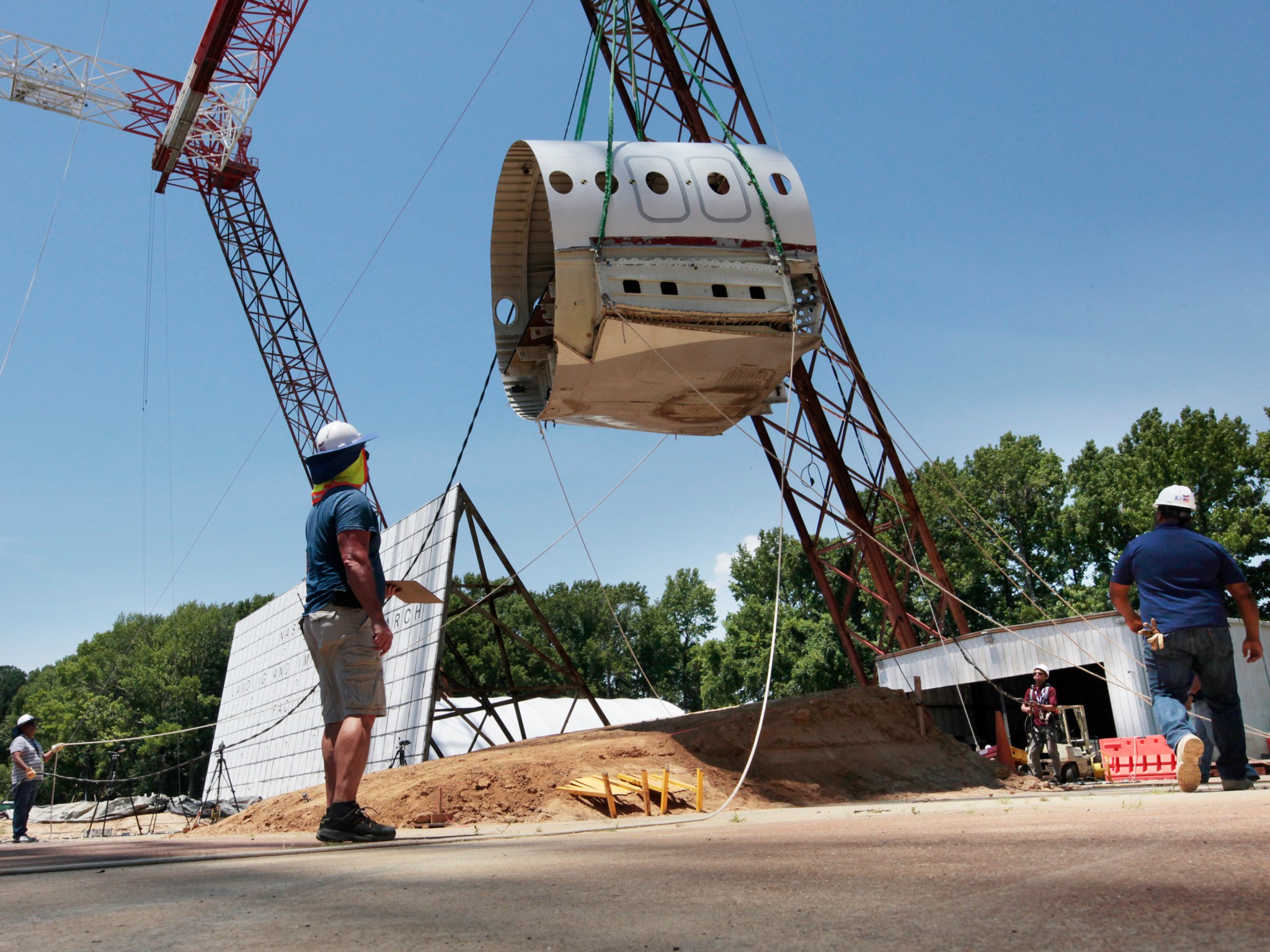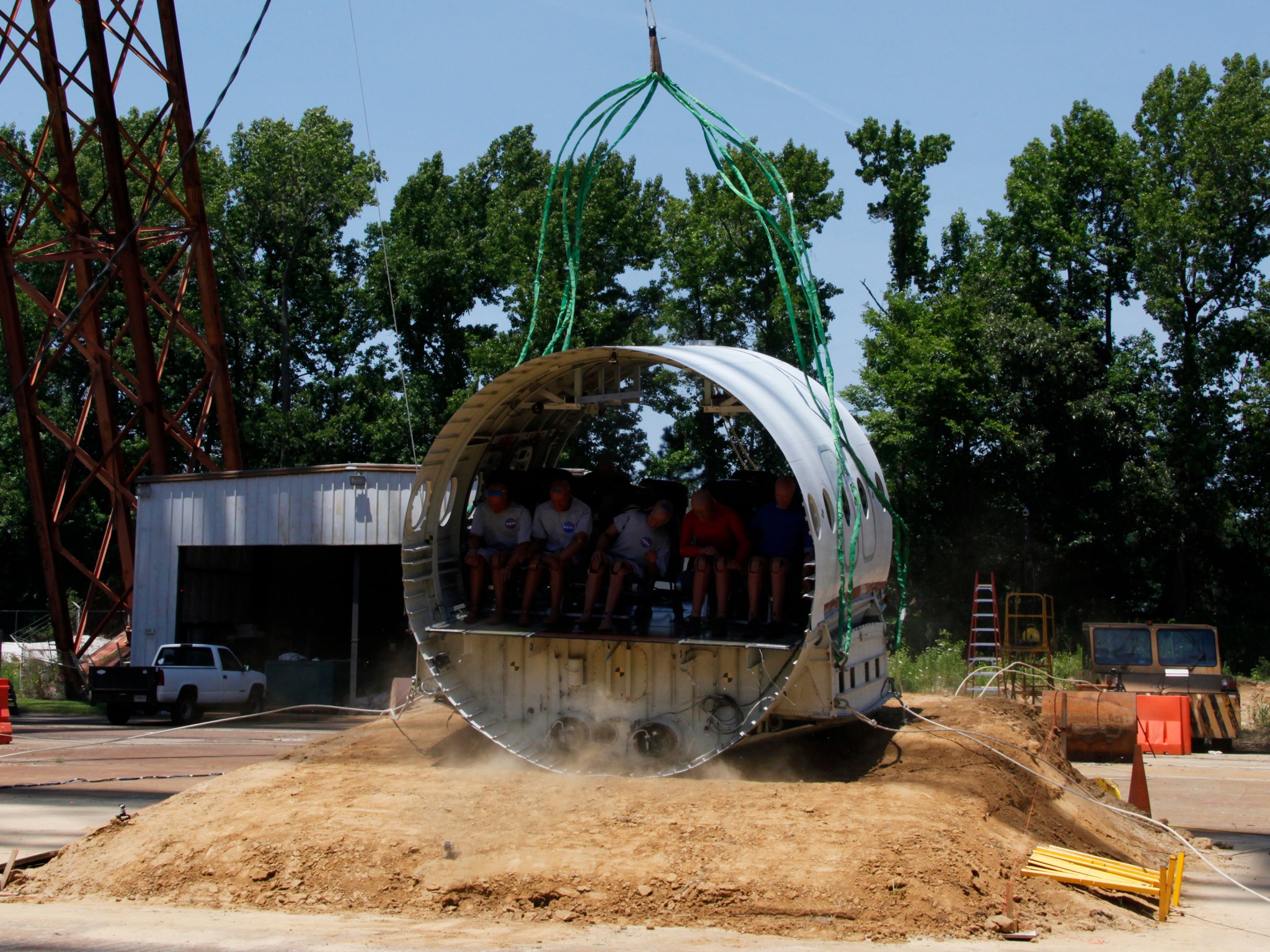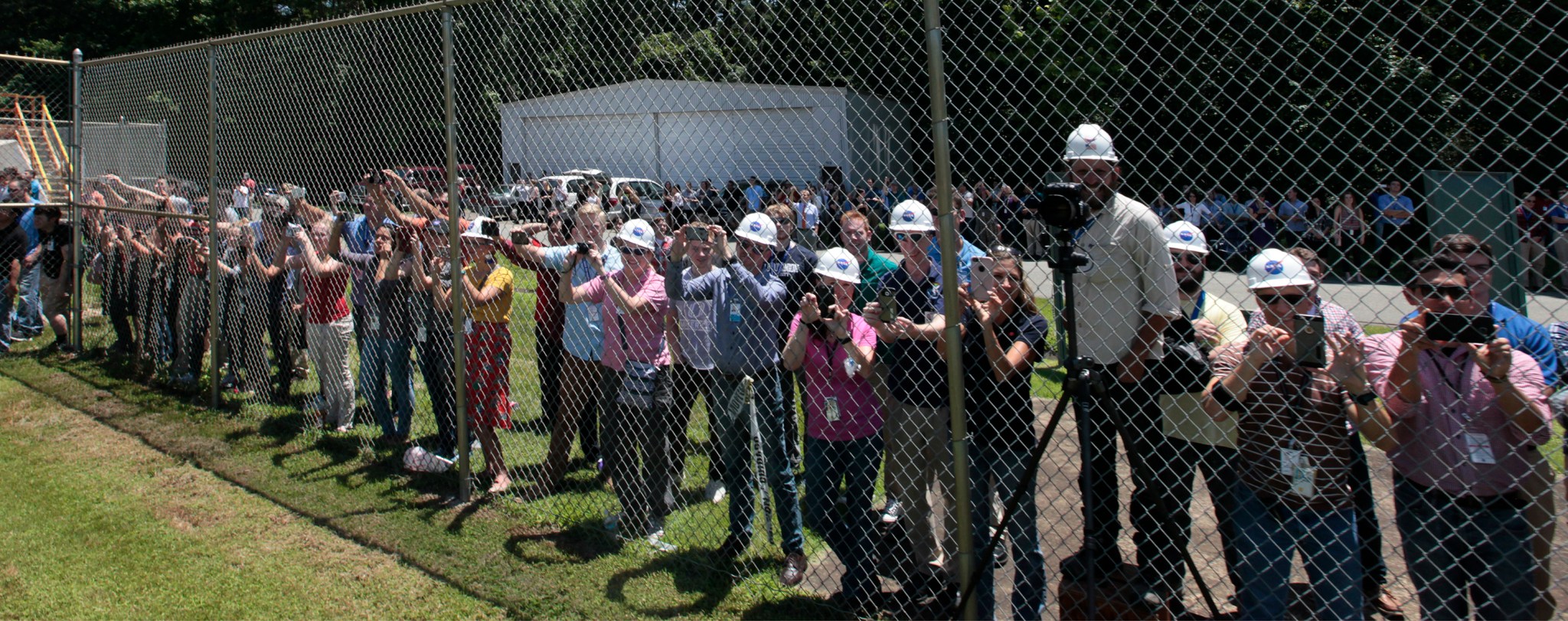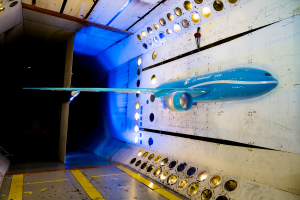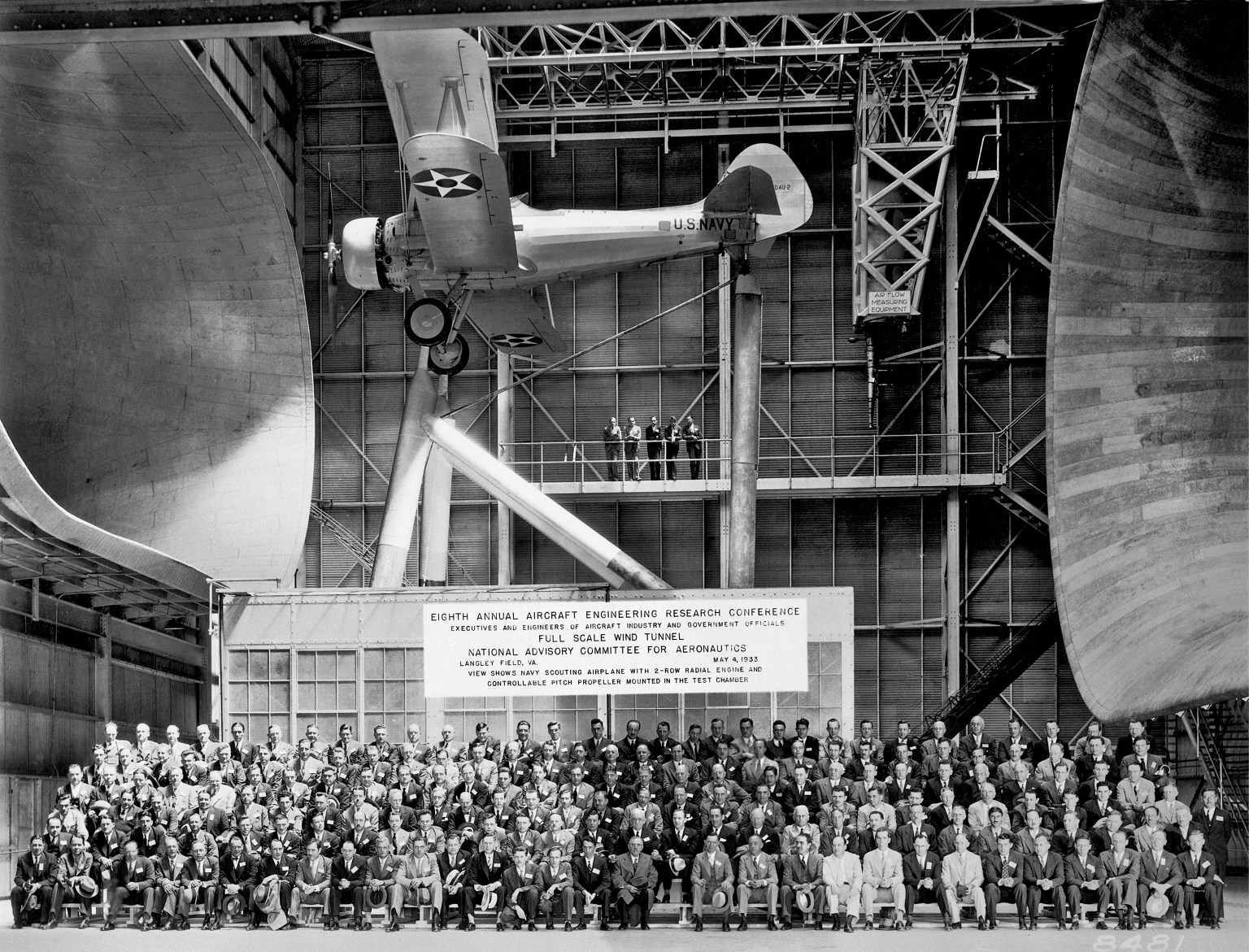More than 100 people waited with bated breath on a hot summer’s day to see a jet fuselage fall from the sky and feel and hear its impact with the ground.
The people weren’t extras in a movie – they were employees and interns at NASA’s Langley Research Center in Hampton, Virginia, looking at a test to help develop new crashworthiness guidelines for future airplane designs.
The second of a series of crash tests June 29 was part of a joint NASA and Federal Aviation Administration (FAA) research project. This was the second drop test conducted this year; the first test occurred in March. Both tests occurred at Langley’s Landing and Impact Research Facility.
The second test use a different section of the plane, the wing box, which is much stiffer than the rest of the fuselage, said Joseph Pellettiere, FAA chief scientist and technical advisor for crash dynamics.
“As such, it was expected to generate significantly higher loads. We also set up this test in a unique configuration in that the test section was dropped with a slight angle and the impact surface was also angled. This was done to generate loads along the aircraft centerline and investigate the effect of this unique setup in a purely vertical drop,” he said.
Unlike the first drop test – a purely vertical drop – this test involved a forward lean onto a surface sloped in the same direction. In this test, a 5,180-pound (2,349 kilogram) fuselage cross-section taken from above the wing of a 68-passenger regional jet aircraft was suspended by cables at a five-degree angle and dropped from 14.5 feet (4.41 meters). It impacted a dirt surface angled at 10 degrees travelling about 30 feet (9.1 meters) per second.
“This aircraft, while not designed to the current standards, has been able to demonstrate capabilities similar to current generation aircraft through retrofitting newer technologies on board,” Pellettiere said. “Namely, the seats were able to remain attached and mitigate some of the severe loading to the occupants.”
The 10 crash test dummies buckled up on board were fitted with transducers that allowed engineers to measure the loads and strains on them from the force of the drop.
Just like real passengers, the sizes of the crash test dummies represented a cross section of the population. Eight are 50th-percentile male dummies – modeled on an average man in height, proportion and mass. One is a 95th-percentile male considered heavier and taller than 95 percent of human men. The tenth is a 5th percentile female dummy – five feet (1.52 meters) tall and 110 pounds (49.9 kilograms).
The fuselage was also equipped with data-collection instruments to measure how the structure withstood the impact.
“The data is still being processed and analyzed, but preliminary results indicate that the response of the aircraft structure at the floor level was similar to the first test,” Pellettiere said. “This indication is further supported by the fact that that damage to the seats inside the fuselage are also similar to the first test.”
NASA researchers will take the data from the cameras and instruments, analyze it and then share the results with the FAA. The information will be used, in part, to help guide discussions for better airframe-level crashworthiness and ditching standards. Those discussions are underway in the Aviation Rulemaking Advisory Committee, which includes NASA and FAA as members.
- To view a photo gallery of the drop test, click here.
Eric Gillard
NASA Langley Research Center



























